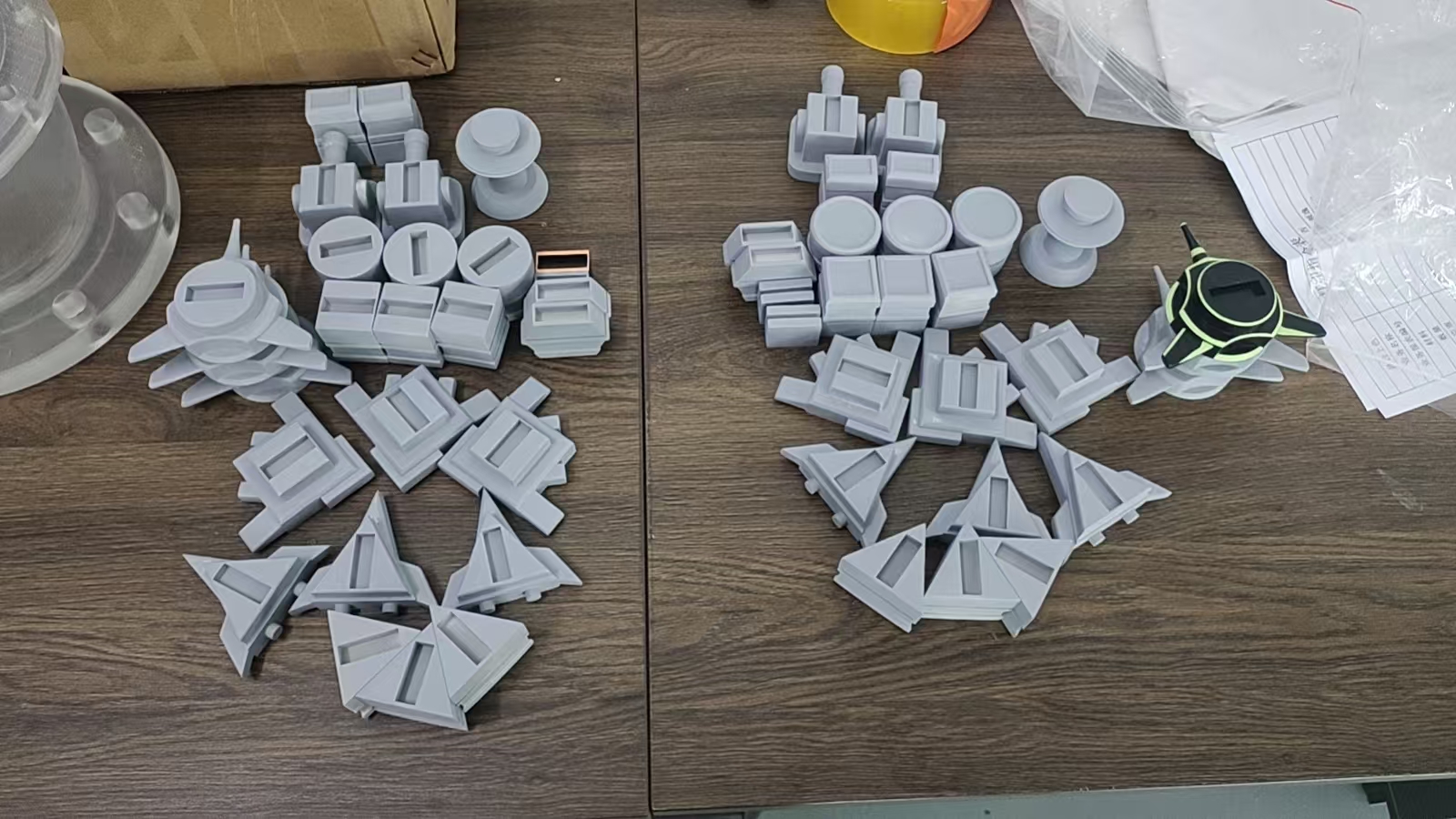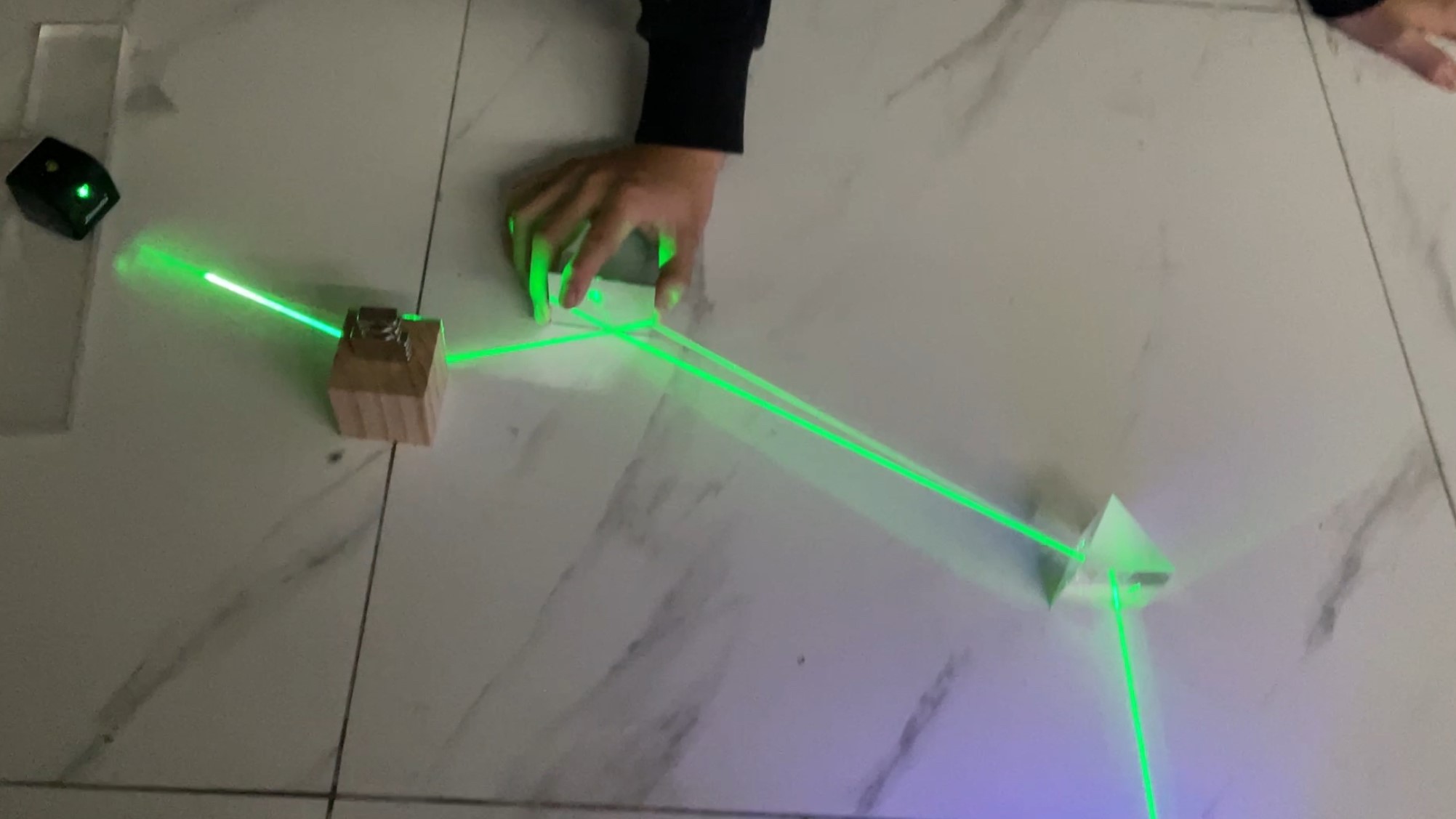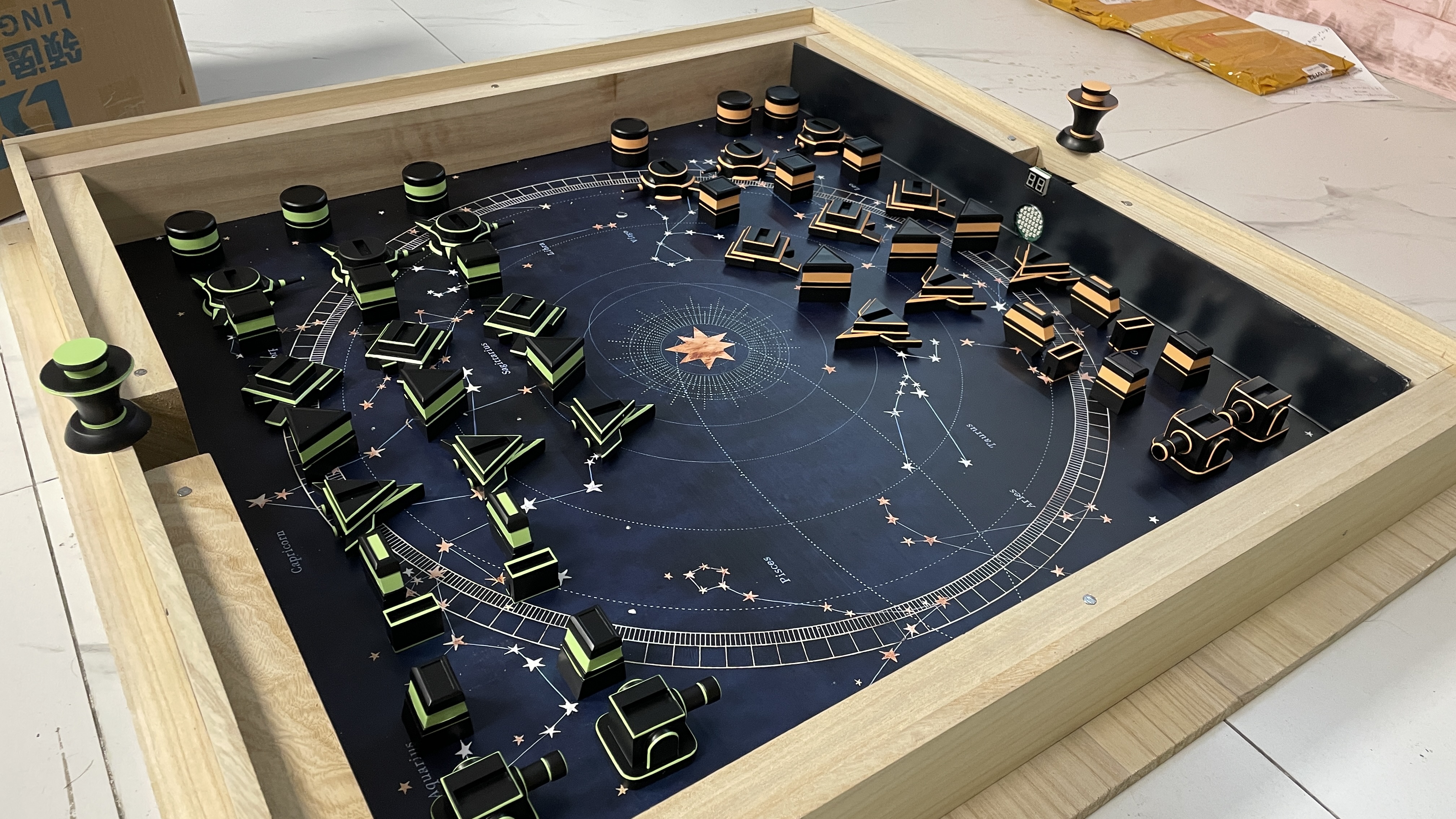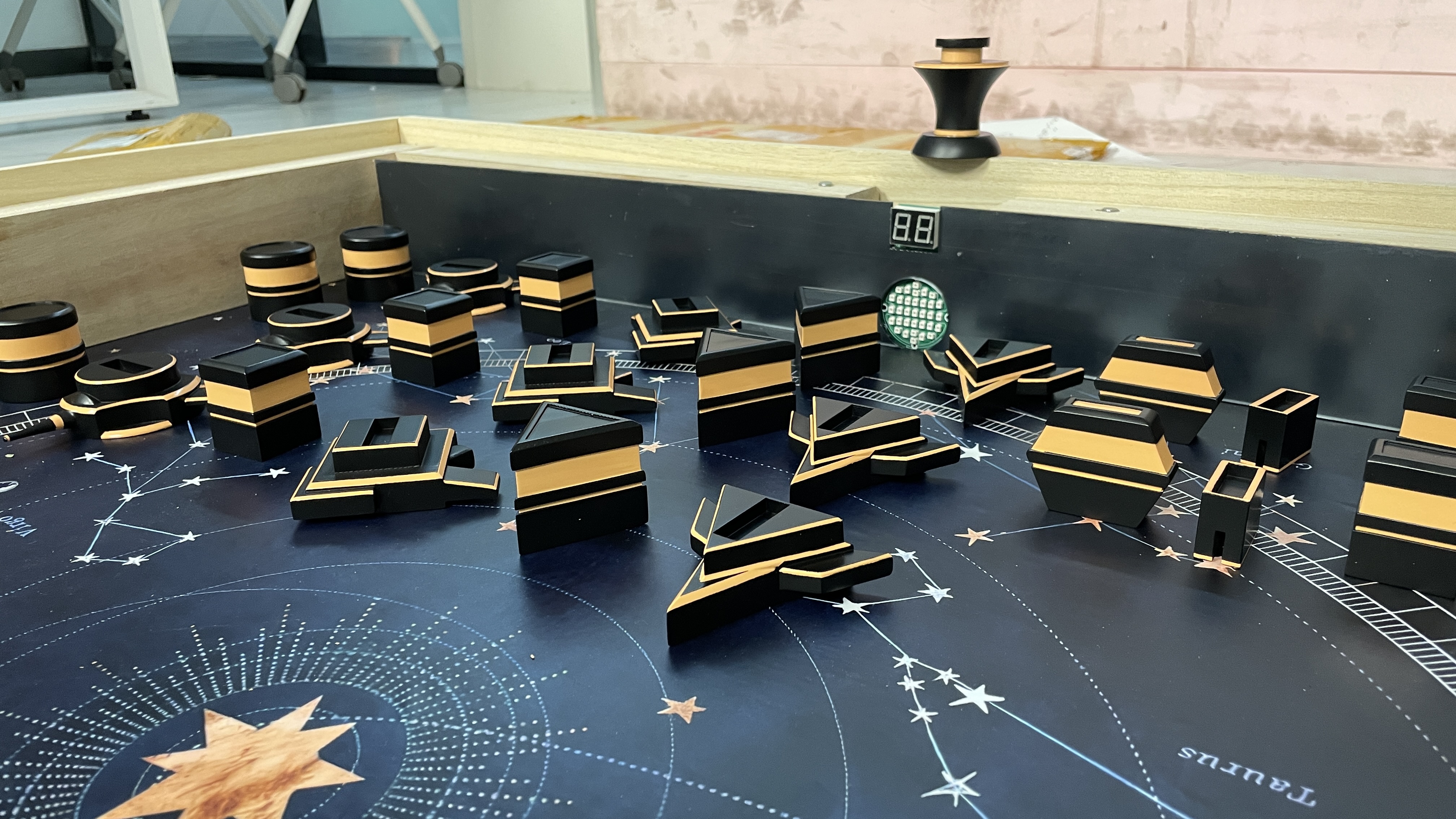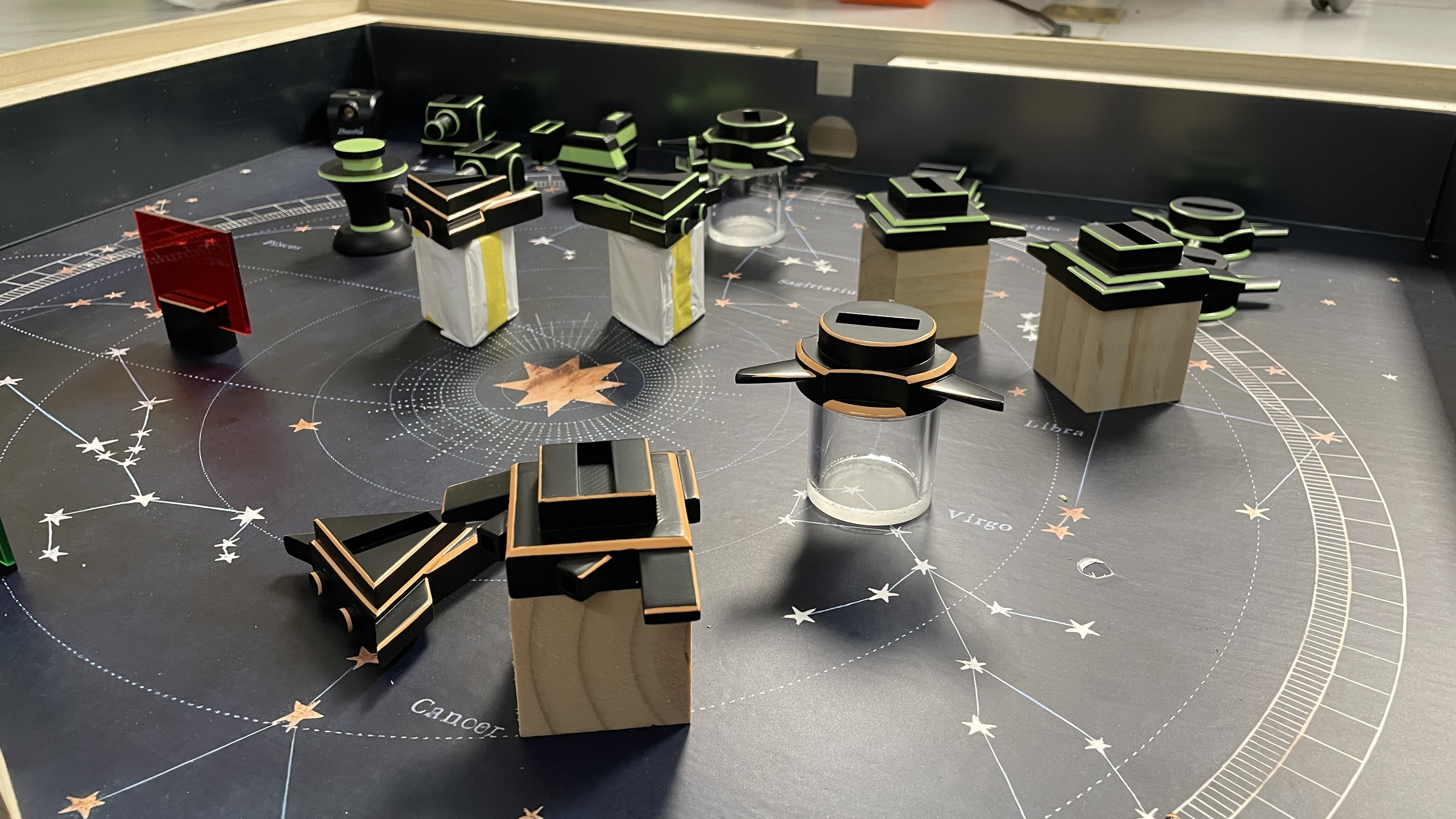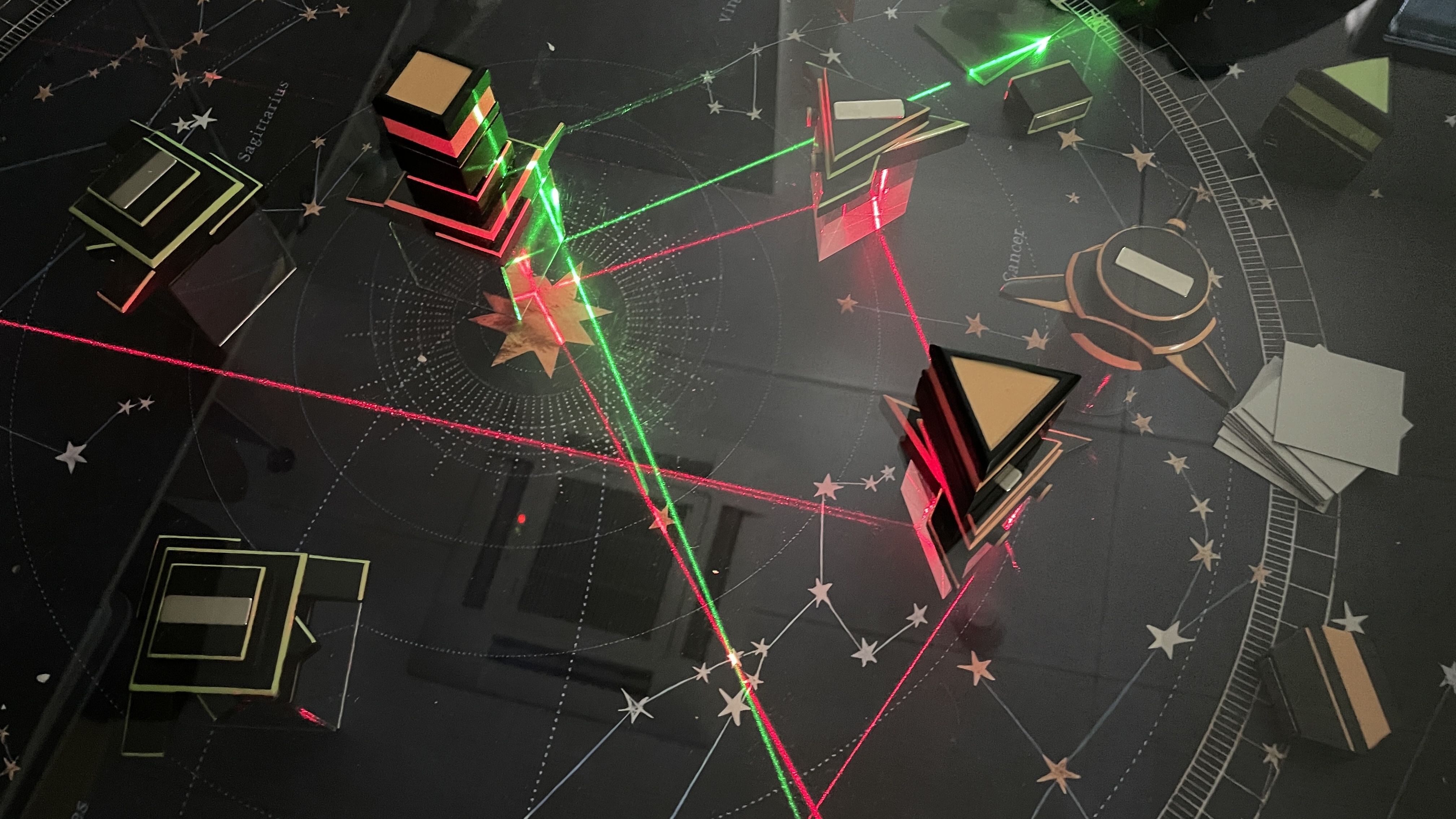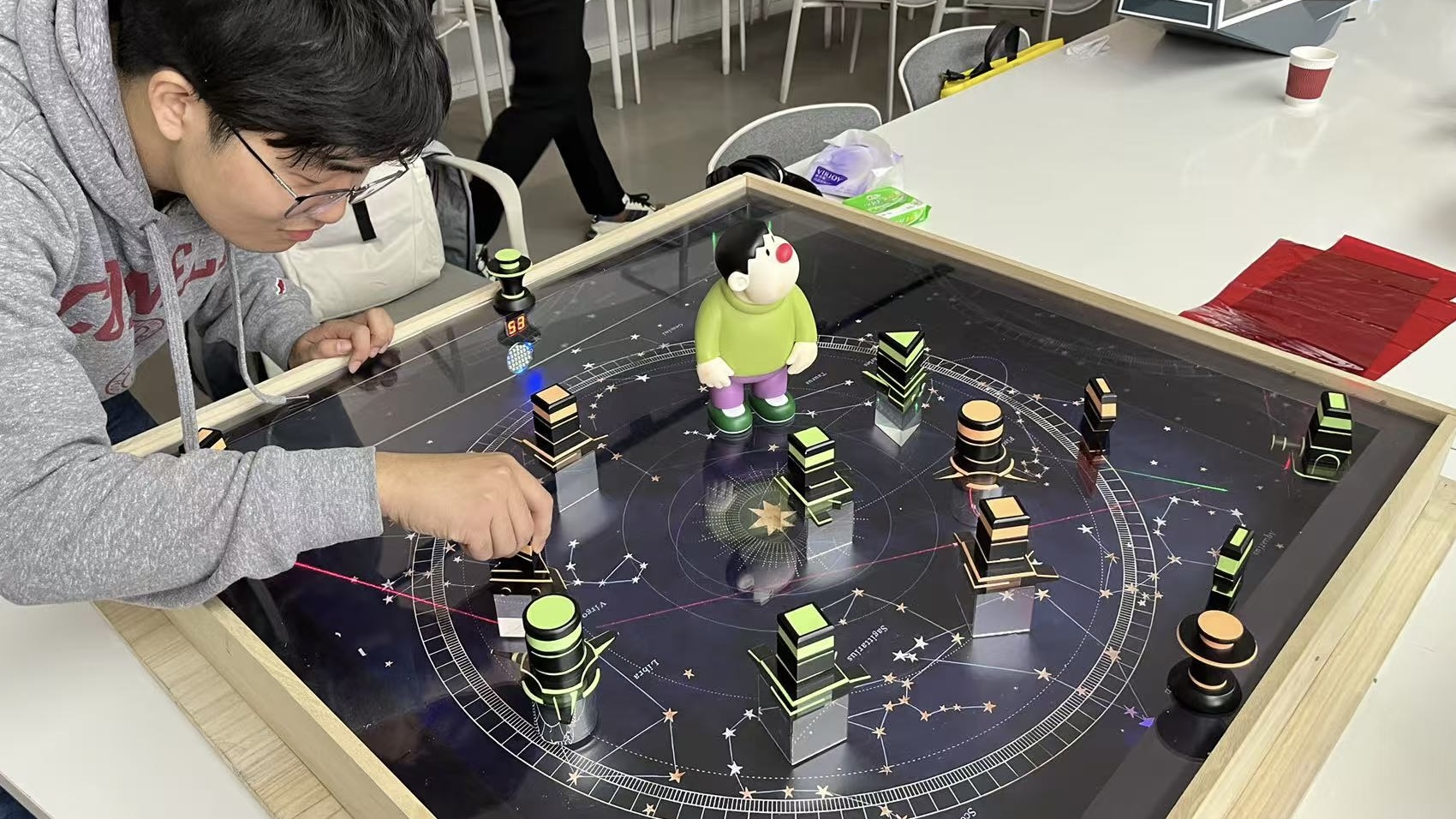Laser Battle Chess
Design of Large-Scale Science Popularization Game Installations
2024
Teamwork: Ziqi Liu, Zhang Jiang, Xinyang Liu
Advisor: Lei Zhang, Linhong Ji
This work is a science popularization interactive installation that we designed in collaboration with the China Science and Technology Museum in Beijing, for its Science Paradise Exhibition Hall.
This device helps participants develop an intuitive understanding and reflection on the principles of reflection and refraction through the form of an optical path-based competitive game. While ensuring fun, demonstration, and educational value, it uses magnetic attraction control and a design that separates the optical path from the operation section to maximize controllability and safety during use.

Concept Design and Sketches
Based on the basic rule of “guiding the light emitted by the laser emitter to the opponent’s receiver to win” and the game setting of interstellar warfare, we extended the gameplay and designed the appearance.
Additionally, for safety considerations, we developed a unique magnetic attraction method and device structure to control the movement and rotation of optical components, ensuring that the light and optical components remain level and minimizing the risk of laser exposure to the eyes.
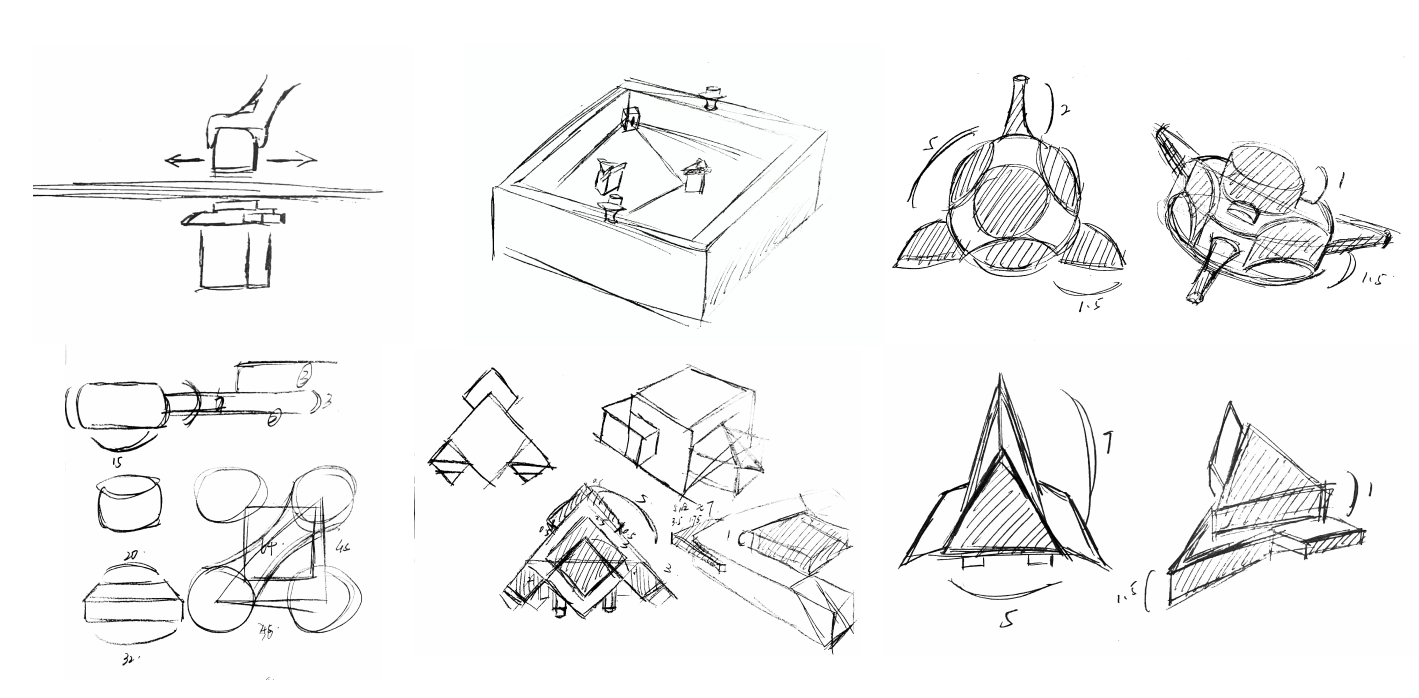
Modeling and Assembly Design
Considering the format of a strategy board game and the setting of interstellar warfare, we adopted restrained and simplified geometric shapes for the design of the components. While ensuring the recognizability of the spaceship shape, we maintained a uniform design between the spaceship and the optical components underneath, ensuring consistency and coherence in terms of both meaning and visual style.










In terms of assembly, we precisely limit the height of the enclosed space on the display stand to avoid the risk of laser exposure to the eyes. At the same time, we use the magnetic attraction method to achieve safe and effective control.
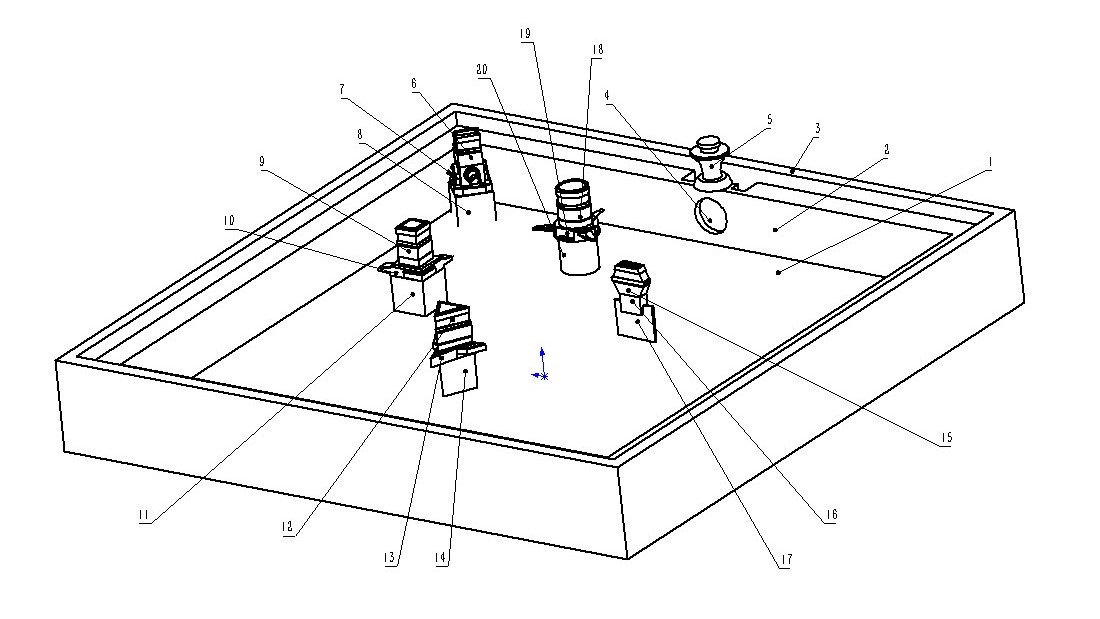
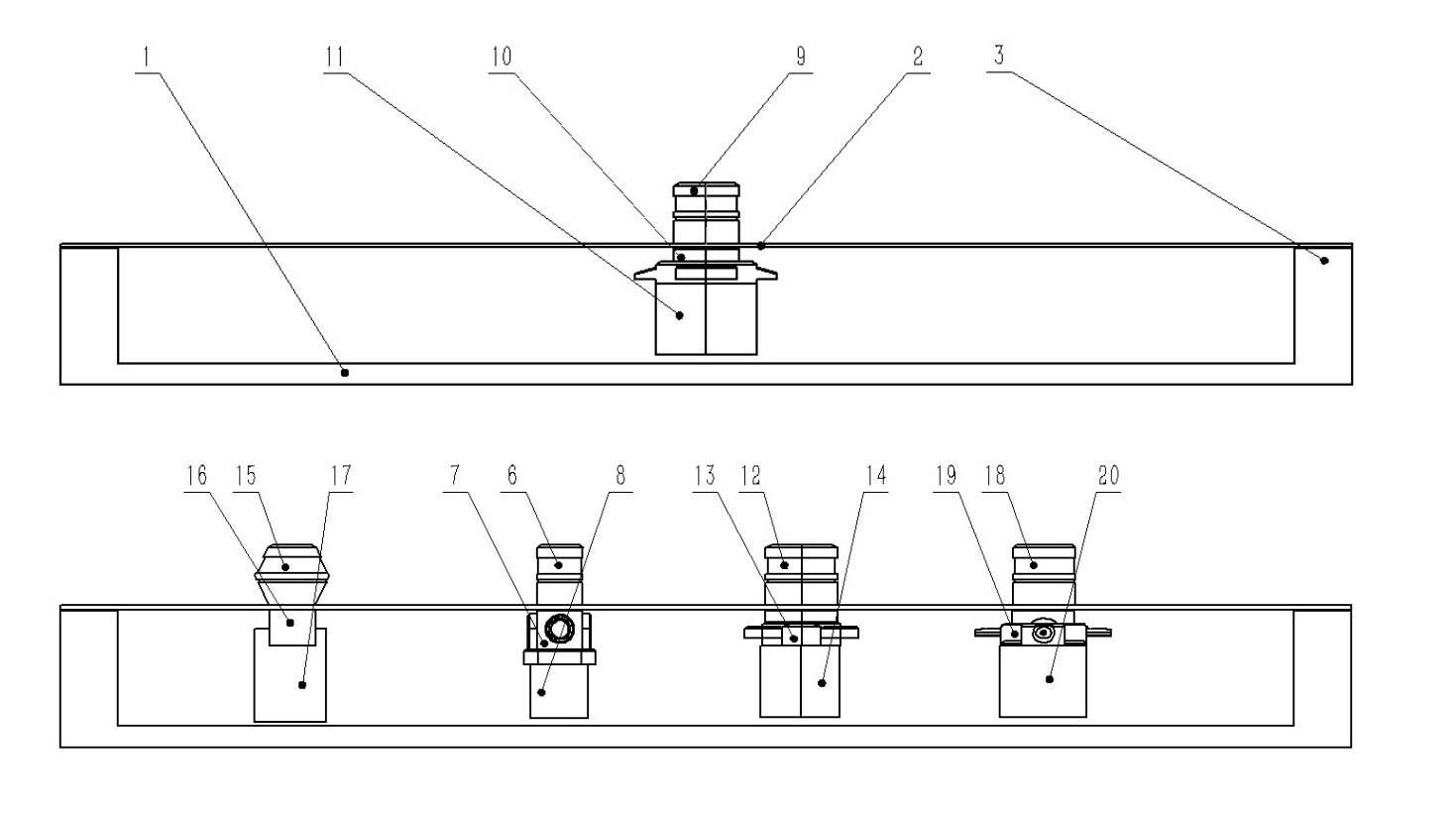
Renderings and Effect Demonstrations




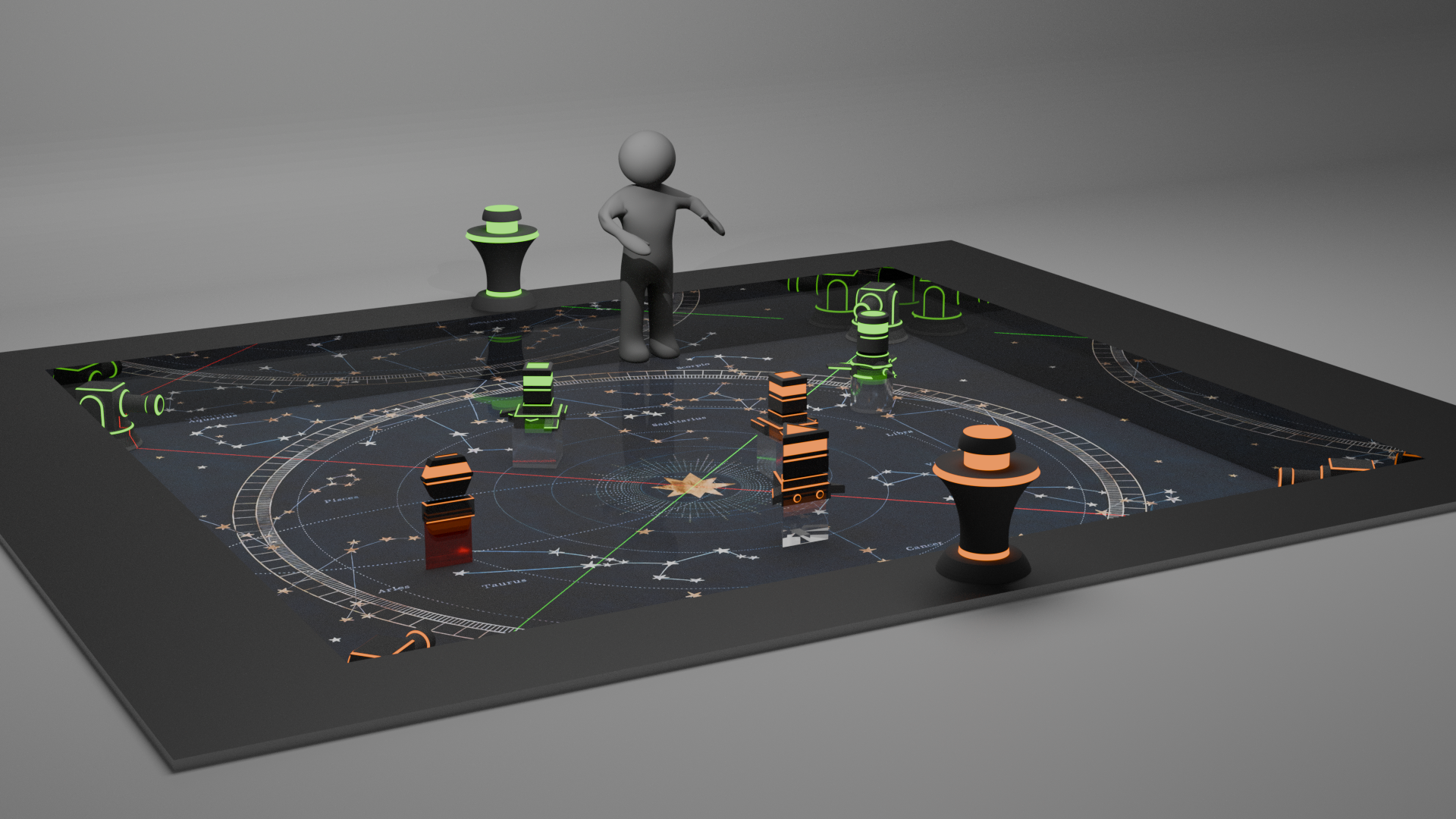
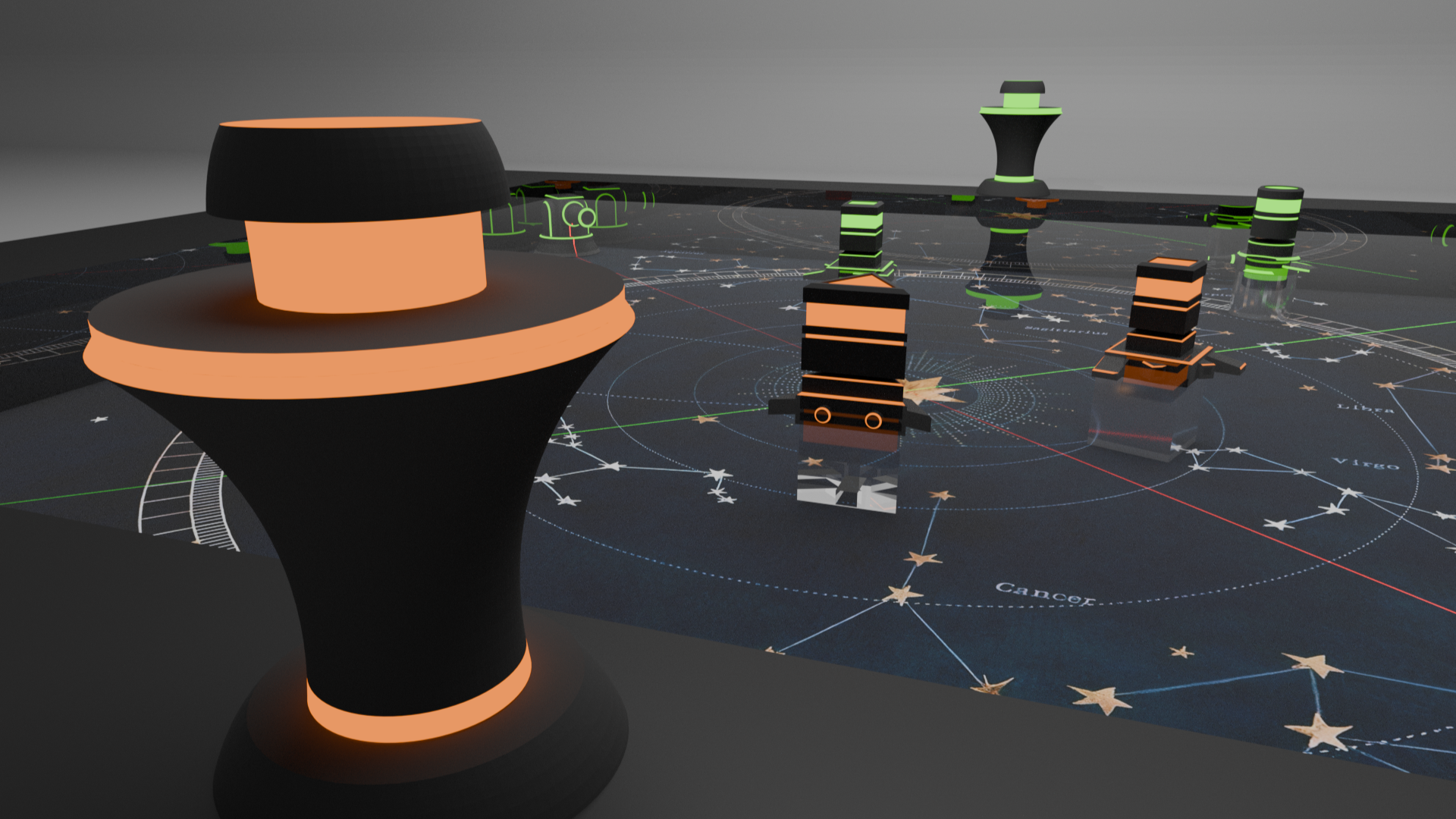
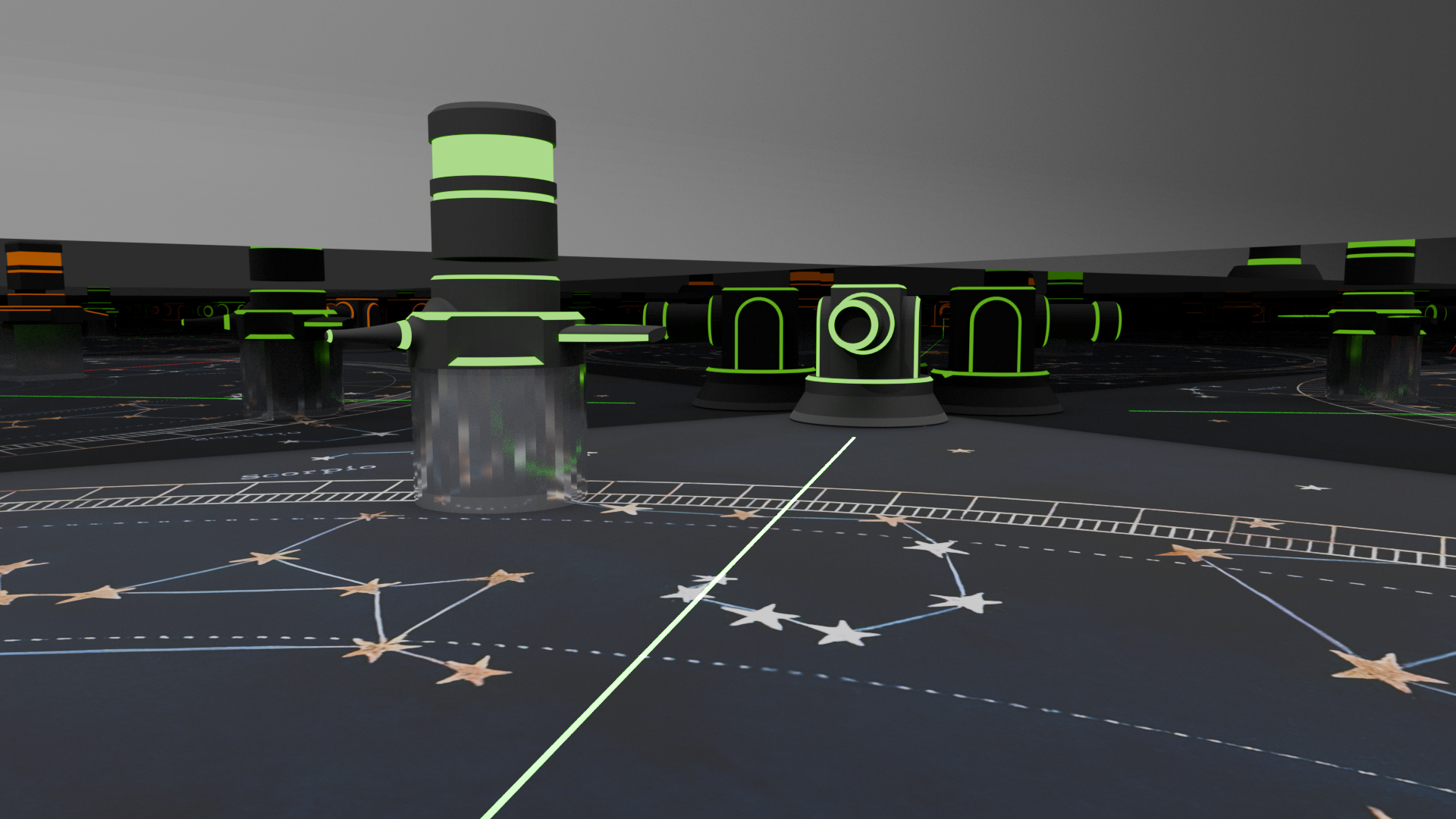
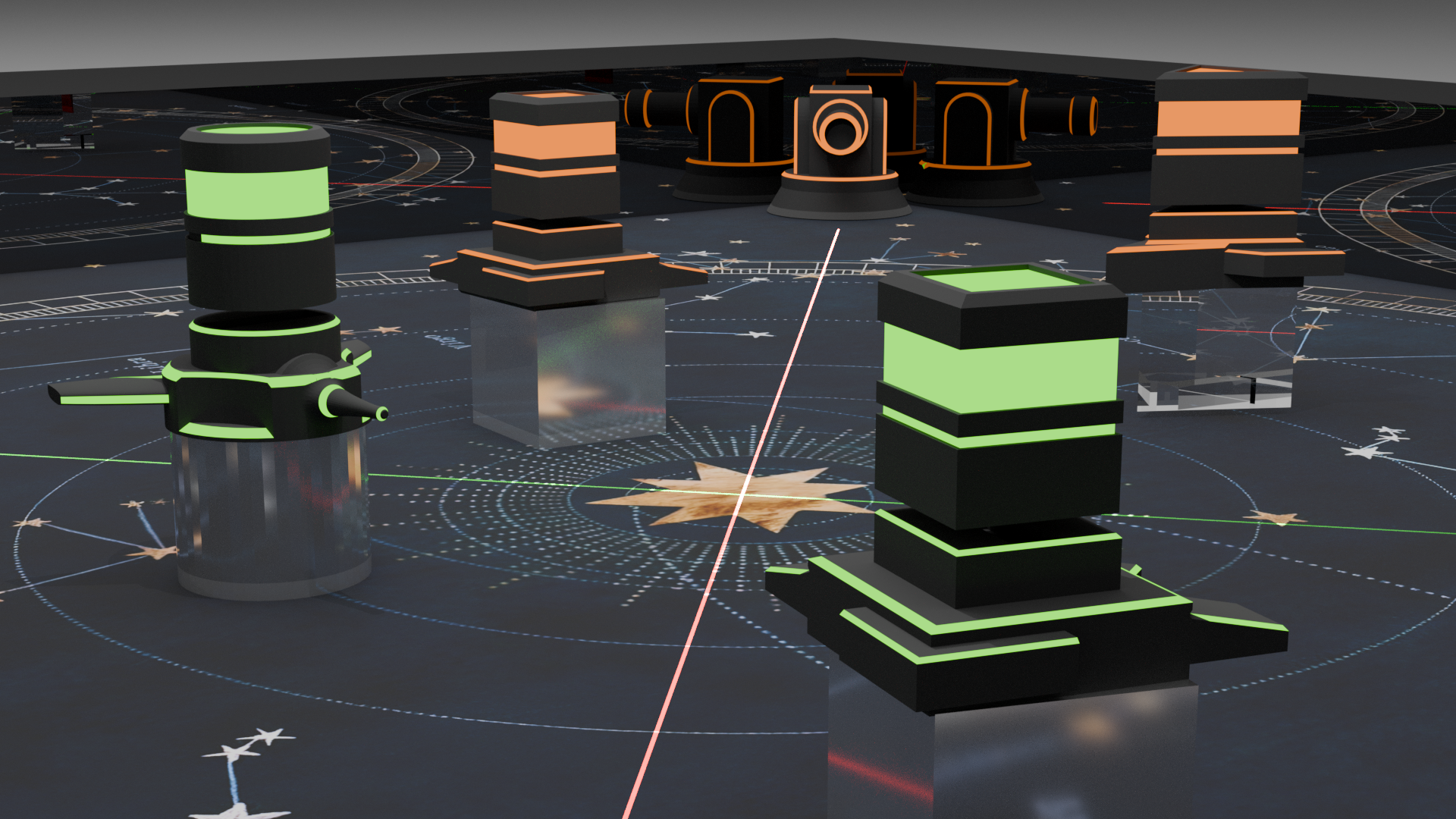

Prototyping and Assembly
We used 3D printing, laser cutting, and other methods to produce the required components. The final version of the prototype has been received and accepted by the China Science and Technology Museum.
